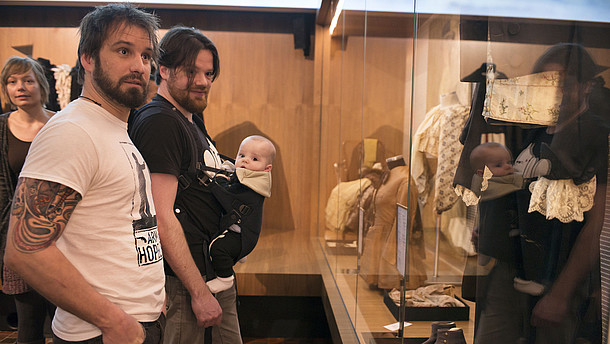The study demonstrates that complexity and quality are fundamental considerations in determining the necessary effort for a 3D digitisation project to achieve the required value of the output. The complexity of 3D digitisation of an object, whether it is a building or a small object, depends on many factors, such as the equipment being used, placement of the object or monument, light conditions and texture of the material. All these factors increase the complexity of the 3D digitisation project at hand.
Natural and man-made disasters make 3D digitisation projects critical for the reconstruction of cultural heritage buildings and objects that are damaged or lost in earthquakes, fires, flooding or degenerated by pollution.
The quality of the result of a 3D digitisation project directly relates to the amount of funding available. Europe has a number of highly skilled SMEs in the area of 3D digitisation and these companies wish to see more open procurement processes when objects or buildings are to be digitised using 3D technologies.
Summary of the study
- The 3D digitisation of movable and immovable cultural heritage can be an exceptionally complex process.
- Factors such as the stakeholder requirements (available budget and time, expected use, required quality/accuracy), the characteristics of the object (size, geometry, surface, texture, material composition, state of conservation, location), the level of competence of the personnel involved and the type of equipment used, condition the production effort and have a direct impact on the quality of the final output.
- There are no internationally recognized standards or guidelines for planning, organising, setting up and implementing a 3D data acquisition project.
- As acquisition technologies and software systems become increasingly accessible, with photorealistic renderings now commonplace, it is even more crucial to understand the physics behind the hardware, the fundamentals of data capture and processing methodologies.
- The definition of the complexity of a 3D digitisation project should cover both data capture and data processing (point cloud/modelling), should be calculated objectively, should be estimated before the data acquisition phase, should connect quality, technology and the purpose of use.
- In cultural heritage projects, image-based data acquisition is usually preferred to other methods, such as laser scanning, because it is efficient, non-intrusive, easily deployable indoors and outdoors and low cost.
- Quality parameters refer to different stages of the 3D digitisation process and vary depending on the type of tangible cultural heritage and the equipment and methodology used and the possible purposes or uses of the resulting 3D material.
- There is no generally accepted standard for specifying the detail and accuracy requirements for geometric recordings of tangible objects. Accuracy refers to how close a measurement is to the true or correct value, whereas precision is how close the repeated measurements are to each other. A reliable survey instrument is consistent; a valid one is accurate.
- There are no guidelines on ways and minimum amounts of data to be collected or the quality to be achieved during data acquisition, which entirely depends on the stakeholder requirements.
- There is a pressing and urgent need for a technical specification to ensure interoperability and longer-term sustainability of 3D data metadata and paradata, defining among other harmonised means to annotate 3D content, to combine 3D with audio-visual content, or to embed additional dimensions (e.g. time, material and story).
- Advancements in 3D data acquisition software leveraging artificial intelligence will make 3D digitisation easier, faster, more accurate, and more informative. Faster connections, bigger bandwidth and lower latency, will improve real time global use and long-term availability and preservation, allowing to work with larger data volumes and bigger 3D models of higher resolution.



